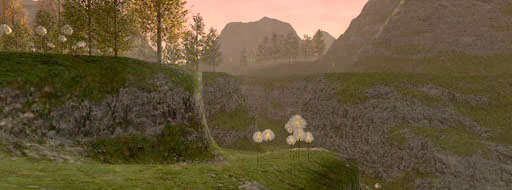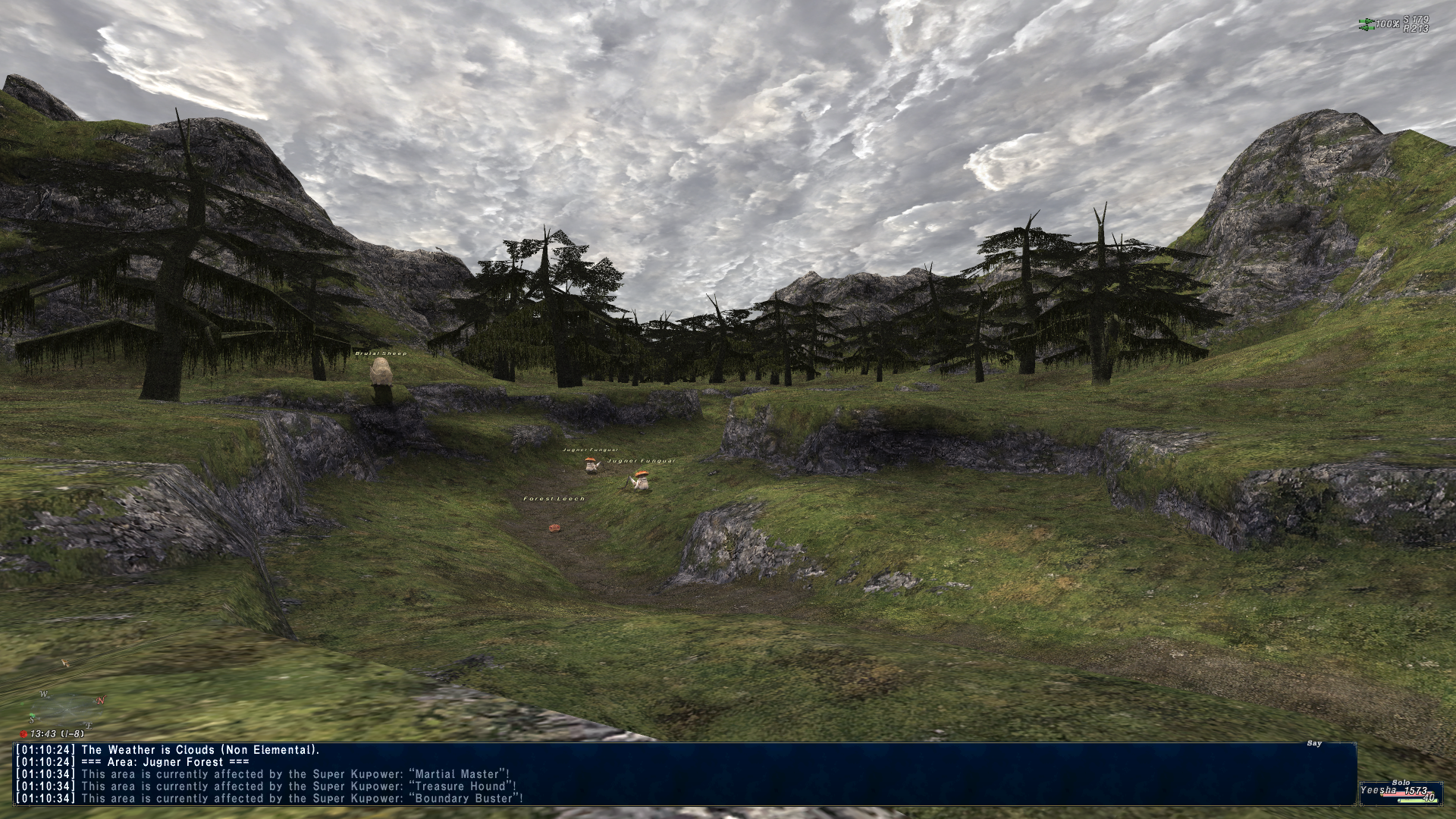

Even within Arthropods, strong taxonomical biases in research efforts occur, with most studies being conducted on charismatic or aesthetically appreciated taxa such as Lepidoptera and large Arachnids, while other groups are poorly covered, (e.g., ground beetles -Carabidae -and Orthoptera Høye 2020, Mammola et al. Yet, very few studies have applied SDMs to the study of arthropod responses to climate change, and even fewer have integrated biotic interactions within their framework (Hortal et al. The high spatial resolution at which arthropods, such as insects, mostly use and perceive their environment (e.g., at the microhabitat scale) also makes biotic interactions likely relevant when assessing a species' environmental preferences at local scales, as interspecific interactions such as competition, predation or facilitation may lose importance when upscaled to large geographical extents (Newbold 2010, Warren et al. Combining correlative and mechanistic approaches has aided us in understanding the ecological niches of these species. galili, meaning that they are more likely to disperse to trees that are flowering further away in space and time. galili during flight and location of receptive figs. The synergistic effect of physiological tolerances and flight time differences exacerbate the less favourable conditions available to C. arabicus has a wider thermal range, lives longer under hydrating and dehydrating conditions and is a nocturnal flier. galili relates to lower abundance in certain months and at certain localities but a similar number of occurrence records within the distributional range (except in arid regions, e.g. We examined emergence times, critical thermal limits, desiccation and starvation tolerances of the wasps. sycomorus and whether it is consistently rarer than C. We used ecological niche modelling to determine whether C. Both species are closely related and utilise the same oviposition sites on Ficus sycomorus. We examine distribution and abundance patterns of a fig tree–fig wasp system in which the non-pollinator (Ceratosolen galili) has been reported to be rarer than the pollinator (Ceratosolenarabicus) in drier areas due to lower desiccation tolerance.

An understanding of the physiology of fig wasp species and the factors affecting adult survival are important for understanding and explaining wasp abundance and distribution patterns. Due to their intimate host association, pollinating fig wasps are expected to occupy the entire distribution of their host fig. Numerous factors affect distribution and abundance.


 0 kommentar(er)
0 kommentar(er)
